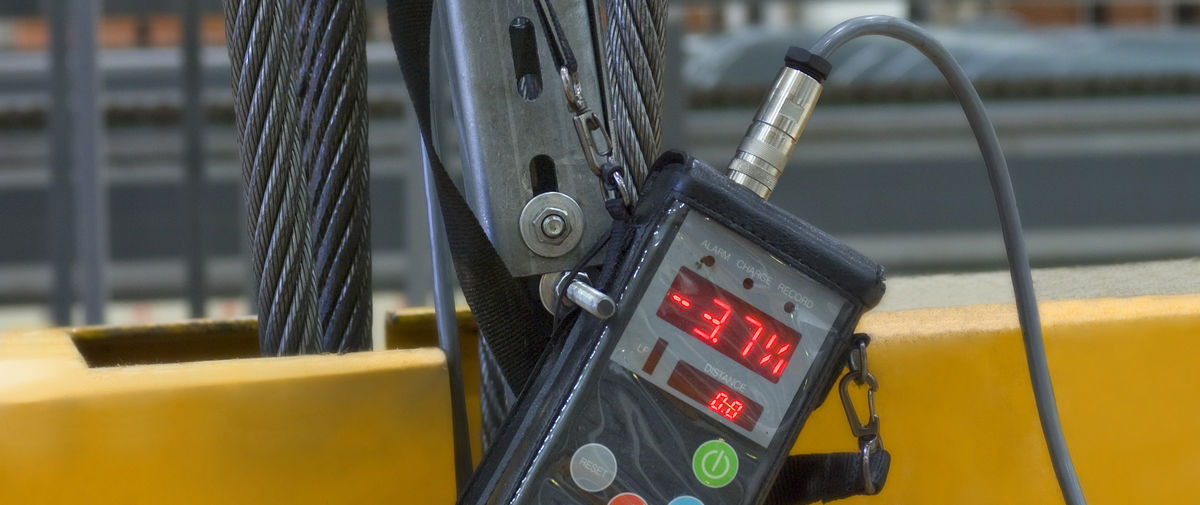Customer story
Hydroelectric plant uses RopeQ inspections to help plan dam maintenance
A hydroelectric project on Virginia’s New River was built in 1939. It produces 75MW of electricity that provides power to approximately 60,000 homes. The power plant has nine spillway gates that control the 4,500-acre reservoir. When water flow in the river is beyond the hydraulic capacity of the power generating units, the gates are opened to allow the water to flow downstream.
Each 35-foot high by 50-foot wide spillway gate is raised by 24 falls of wire rope cable that have been in place for at least 25 years–longer than any of the current personnel have been at the facility. There was ongoing discussion about how to determine condition of the equipment. If a cable failed with the gate in the up position, the gate could be damaged when it fell, which would be a very expensive repair.
“Each gate contains about 1,200 feet of wire rope, and it is a major undertaking to change out the rope unnecessarily,” said the staff engineer.
Fortunately, a solution presented itself. Erin Eberts, Konecranes key account representative, recommended having a non-destructive Konecranes RopeQ Magnetic Rope Inspection performed. “Unfortunately, it’s not possible to safely access the cables for a traditional wire rope inspection. It would require the technician to be located under the load-bearing parts of the gate, which could become unsafe in the case of a wire rope failure or other abnormality.”
“With Konecranes RopeQ, a technician can perform a rope inspection remotely, away from moving equipment and load-handling operations,” said Eberts. “The RopeQ device attaches to the wire rope and measures the condition of both inner and outer cable wires as the gate is raised. This technology works on the principles of magnetic inductive leakage. A detailed
report is generated on each section of cable, allowing educated planning for the rope change schedule and follow up inspections.”
The wire ropes on one of the gate were found to be in good condition. The ropes were free of excessive wear and only a few indications of damage were identified. Based on this report, the company plans to inspect some of the other gates and if results are consistent, make plans to inspect the remainder of the gates.
“We found the Konecranes RopeQ inspection very valuable. This was a cost-effective way for us to evaluate the condition of the cables. It is impossible to do a thorough inspection any other way. We were pleased with the report we received and felt it had a lot of value. The goal of seeking information is to make good decisions. This report filled that void for us.”
